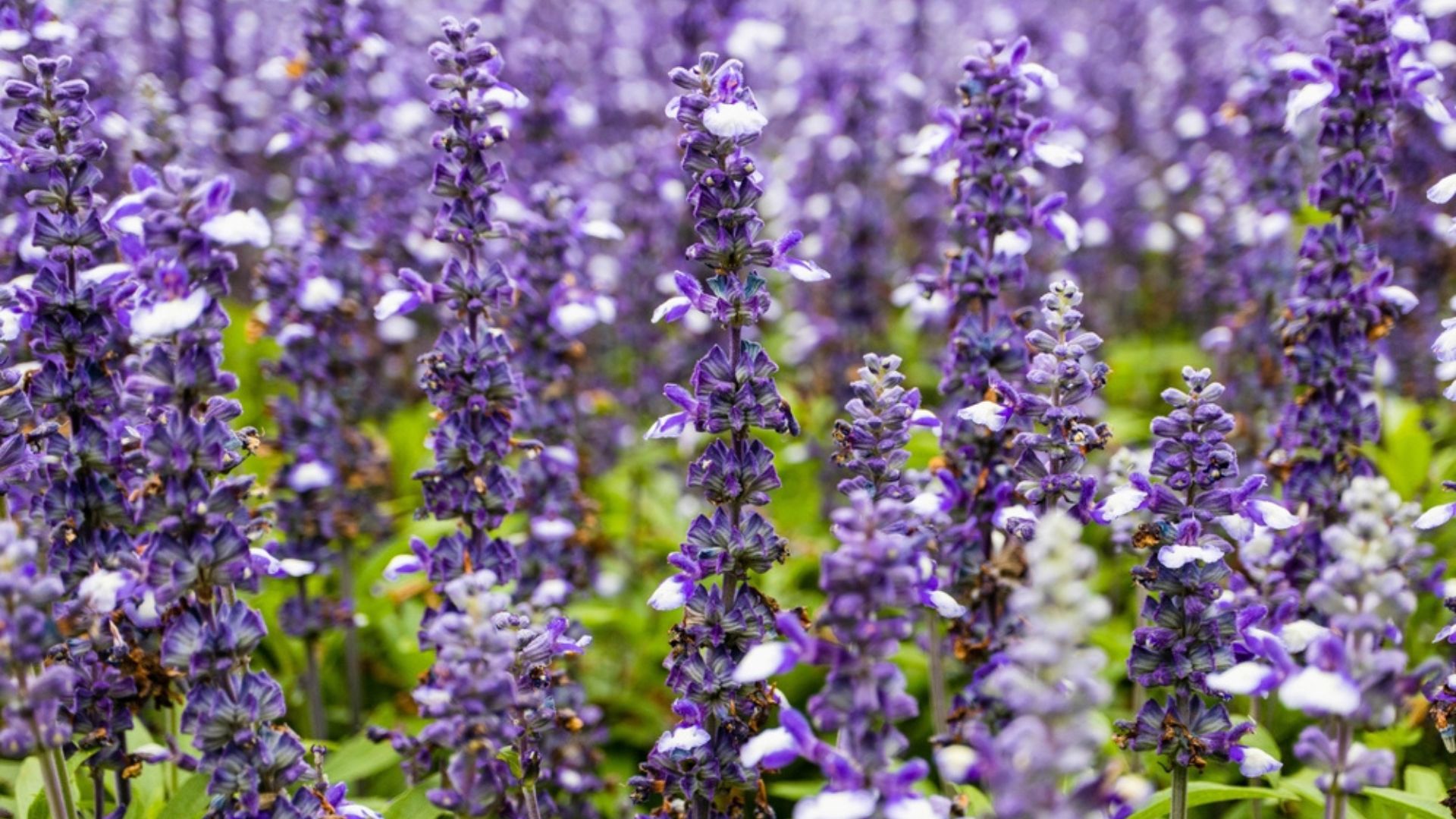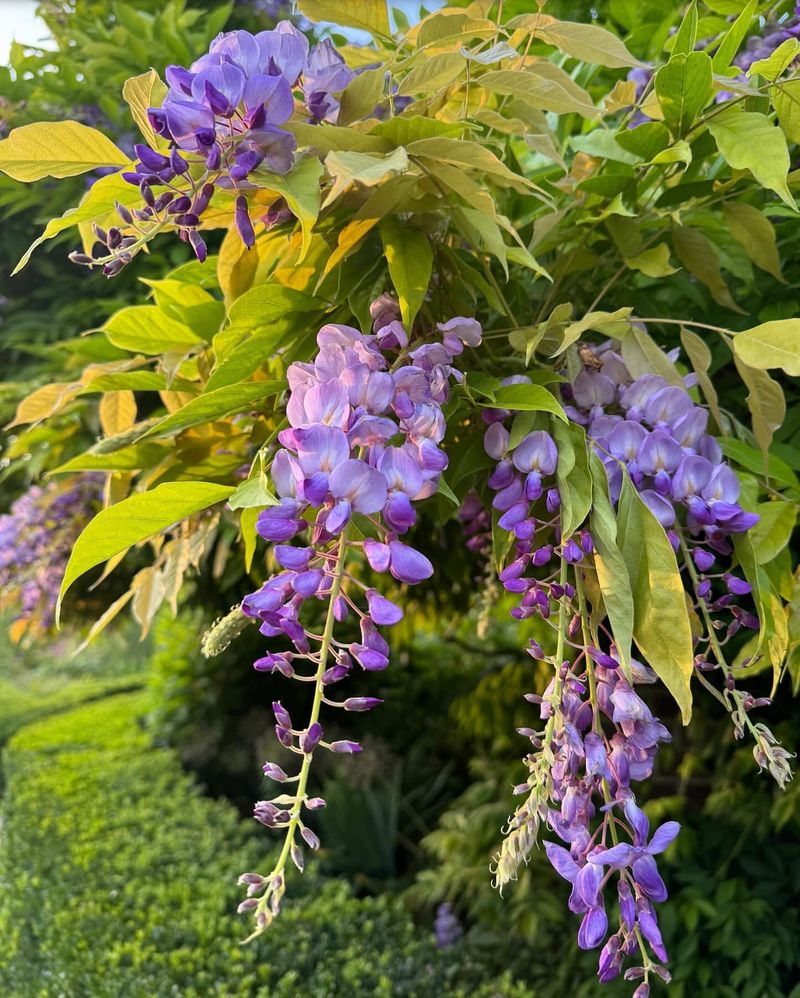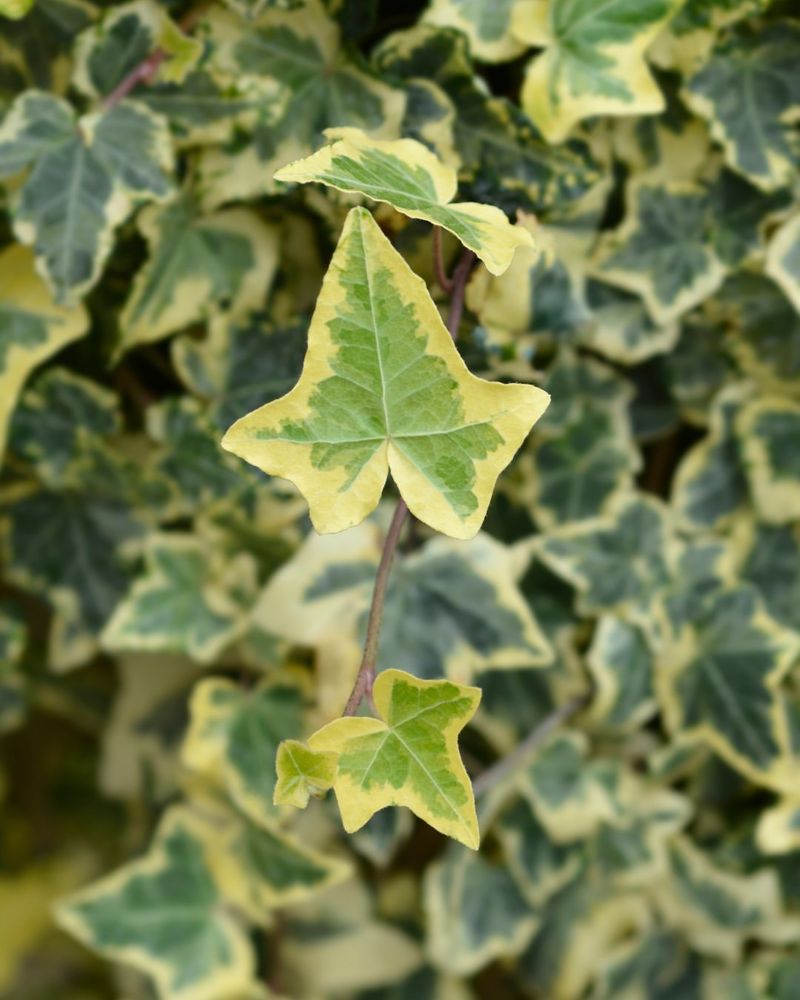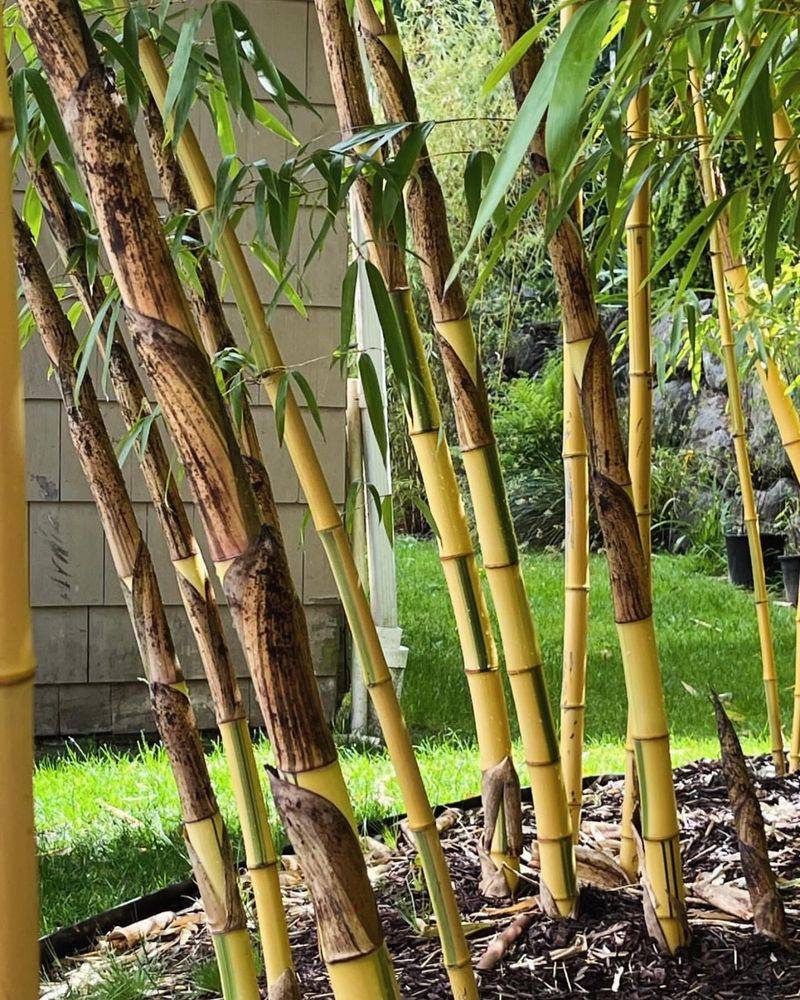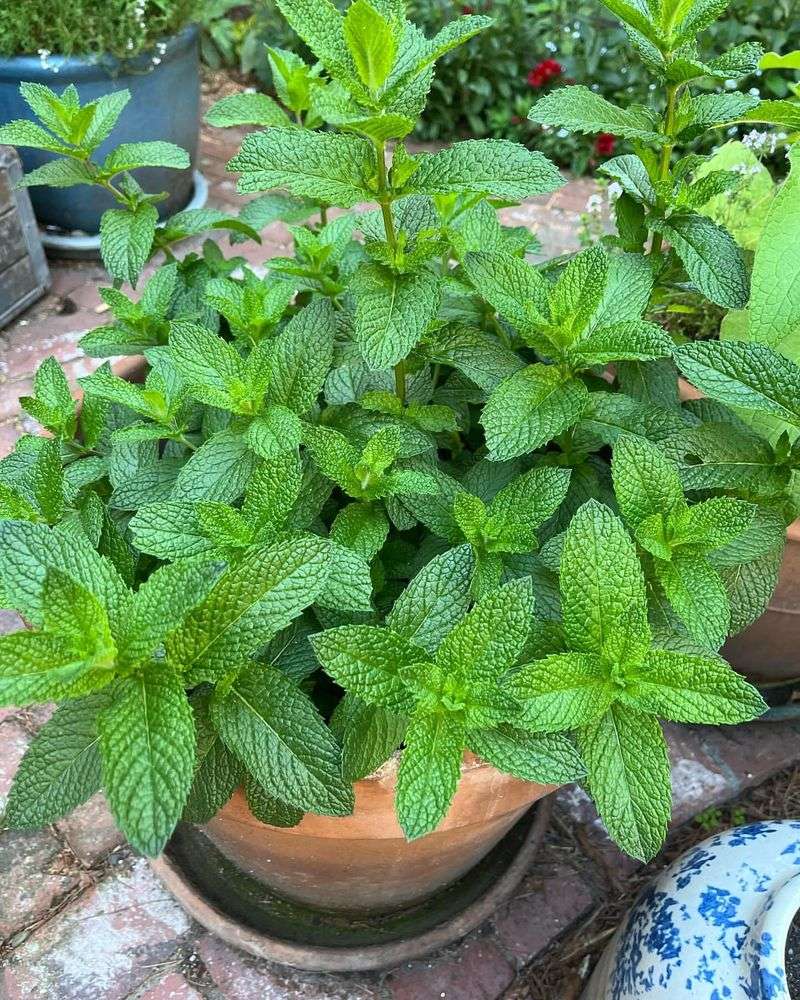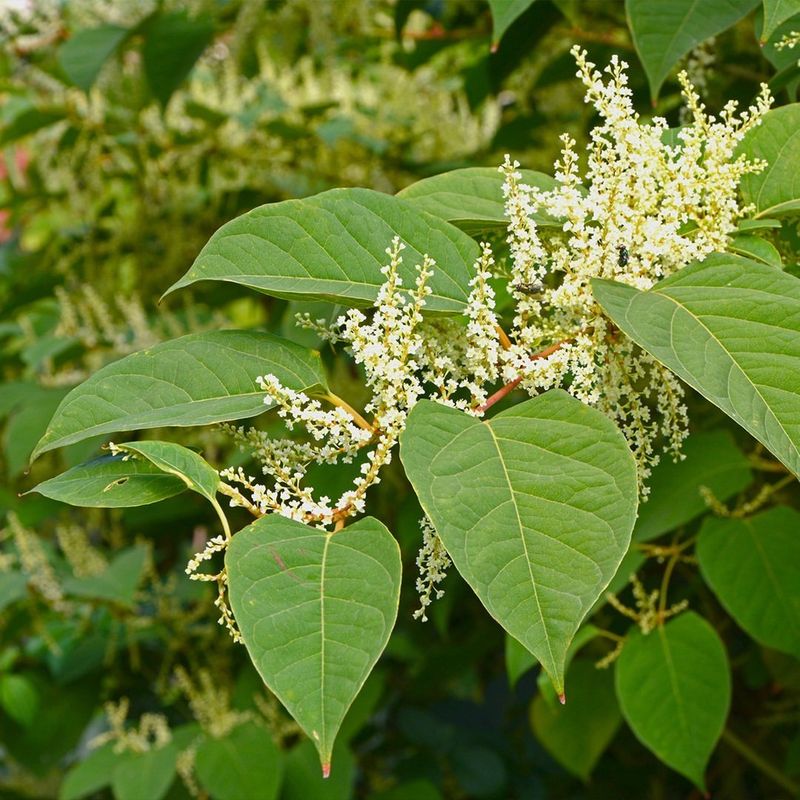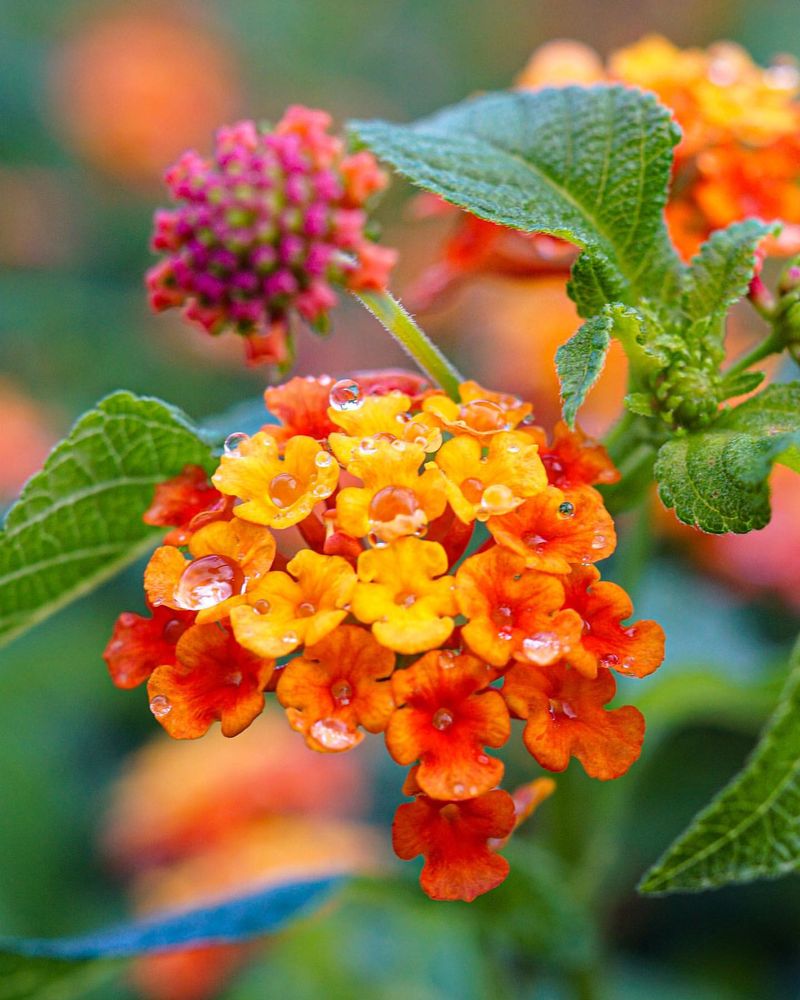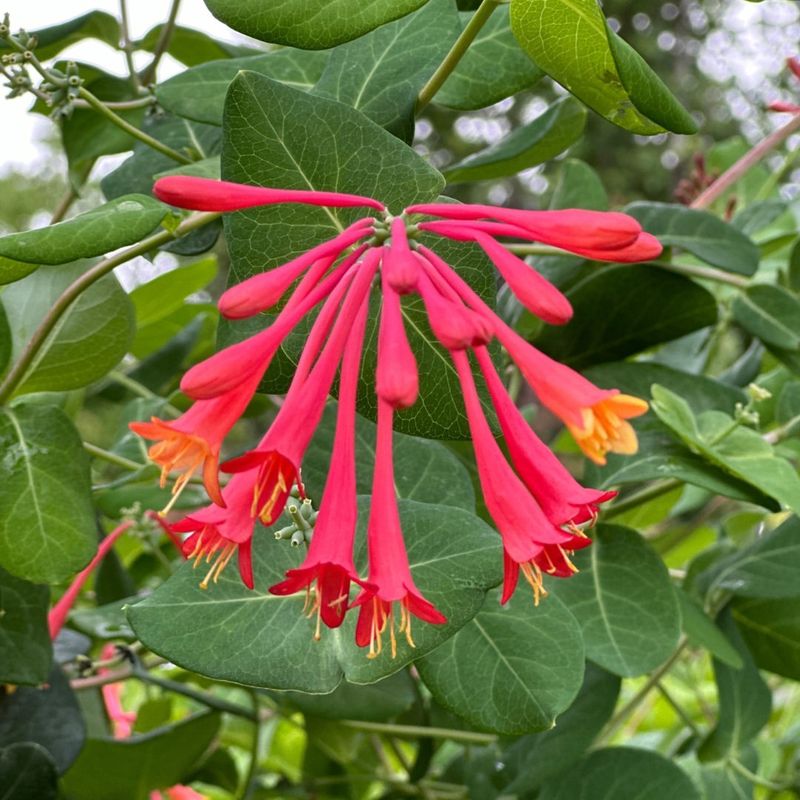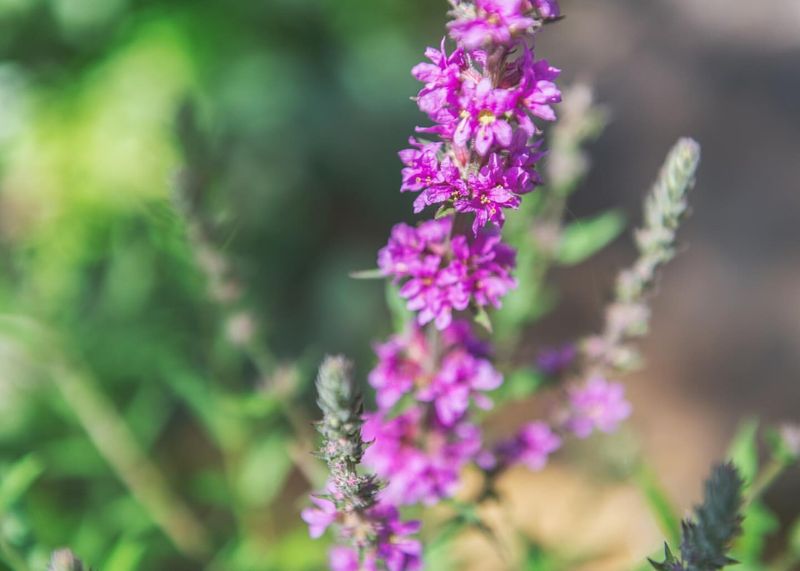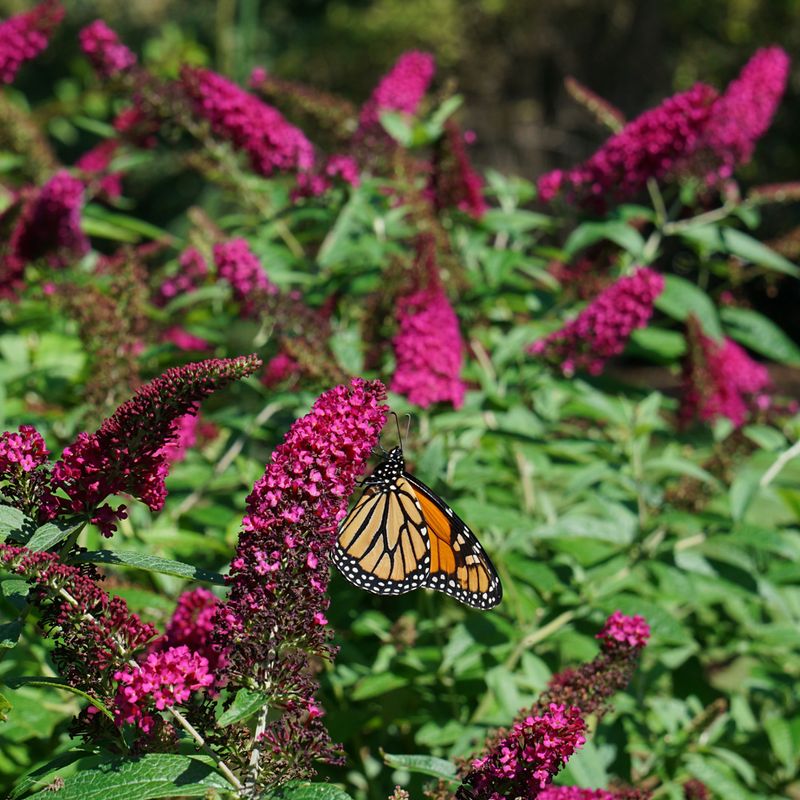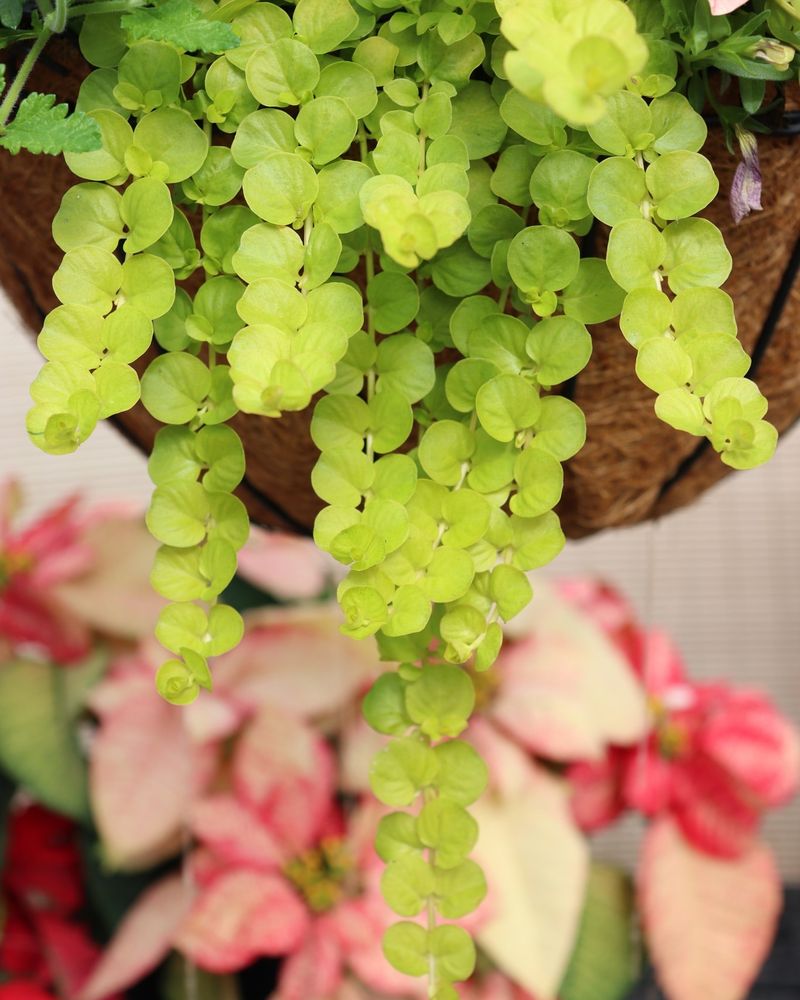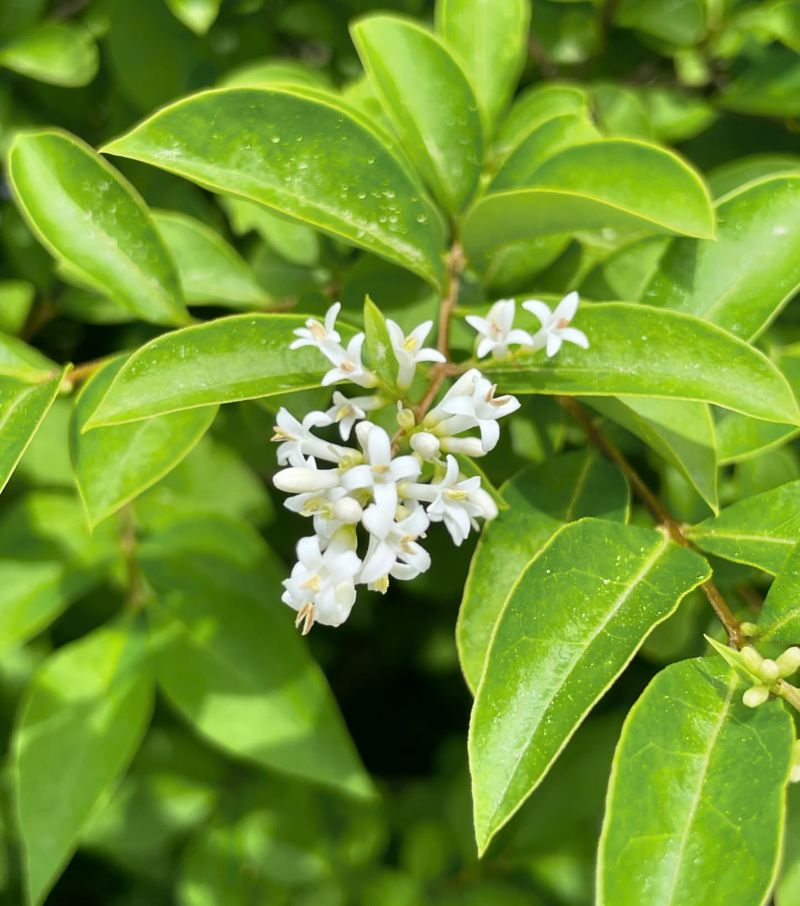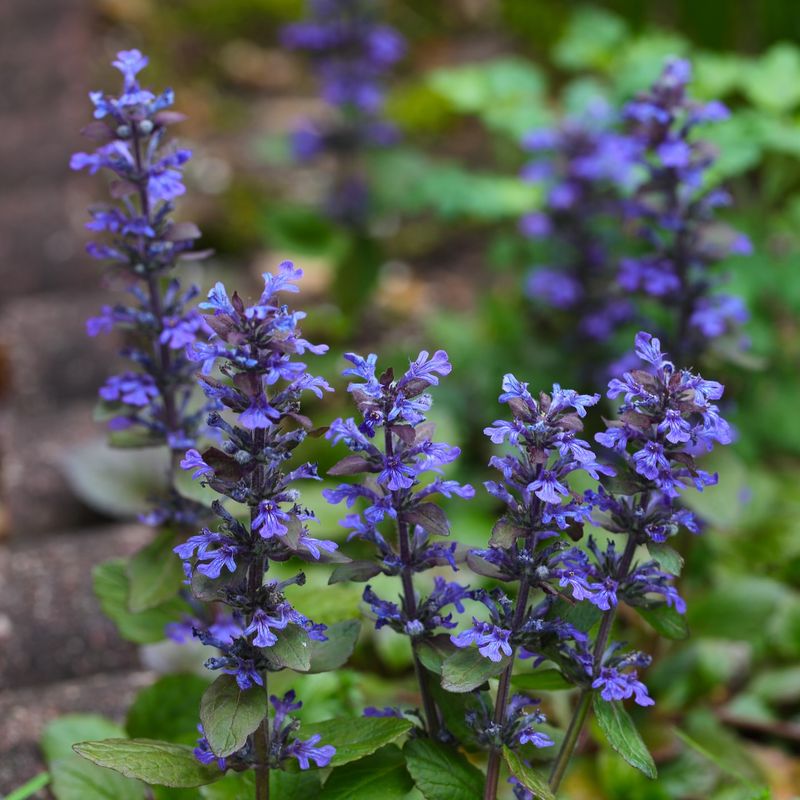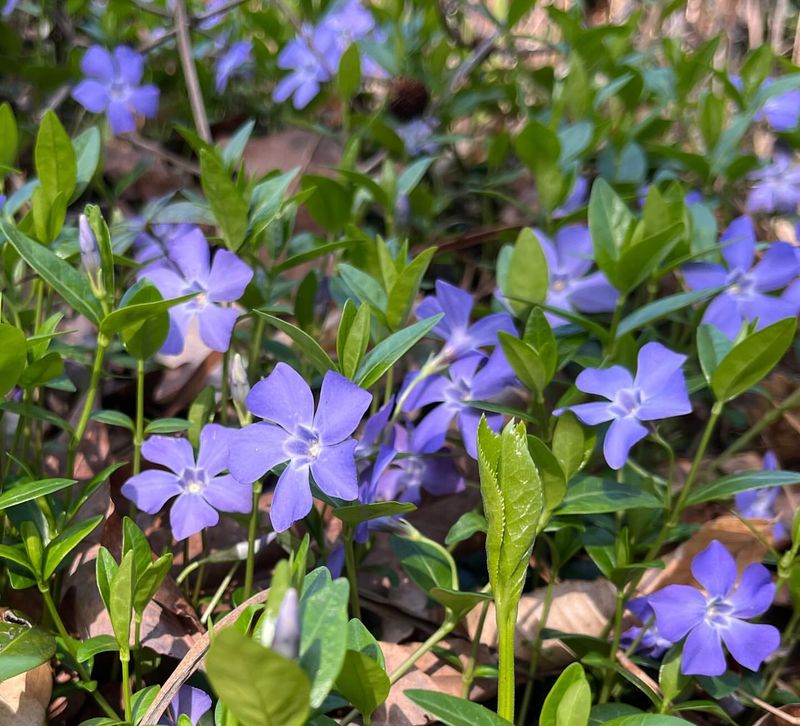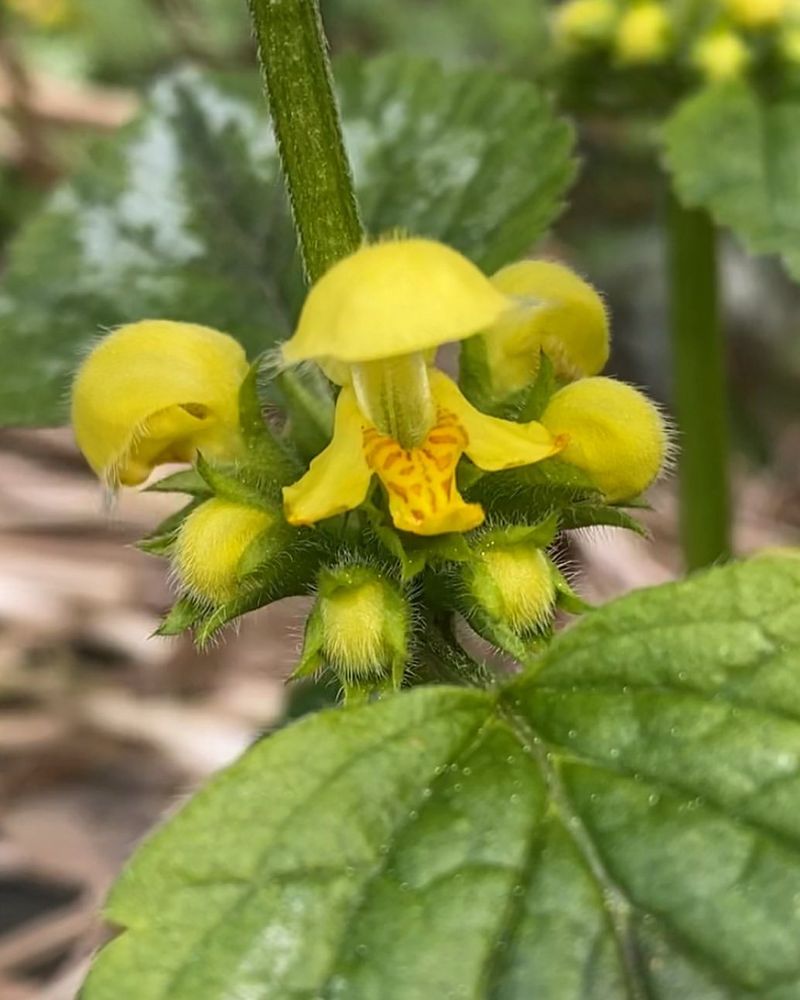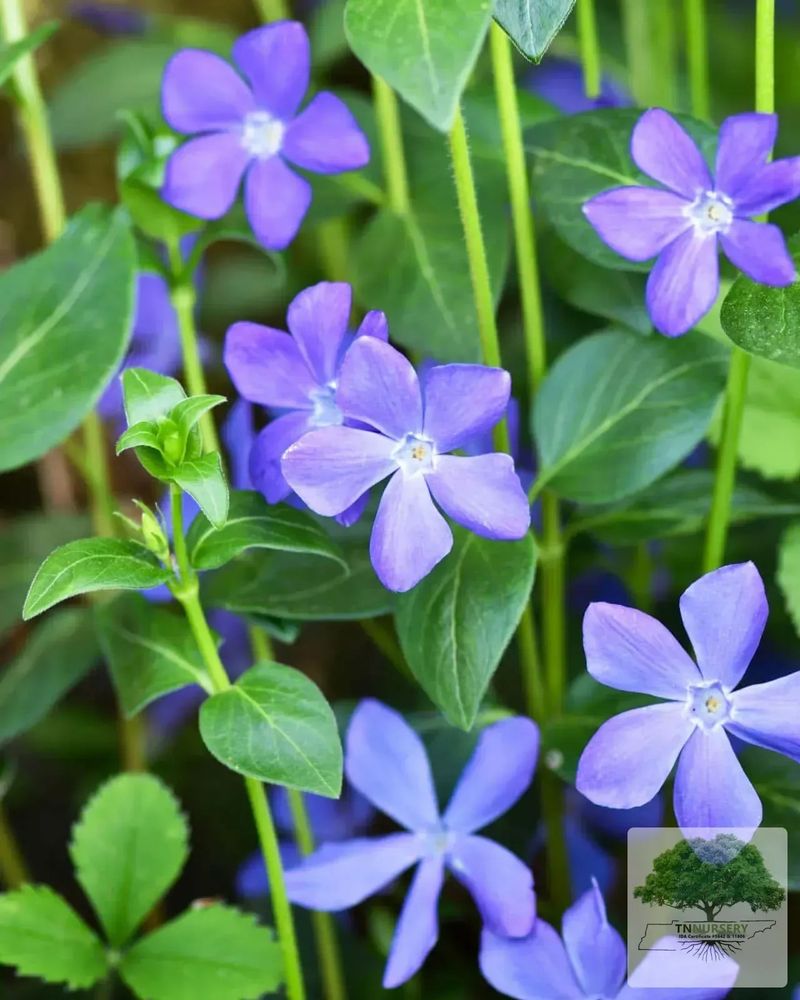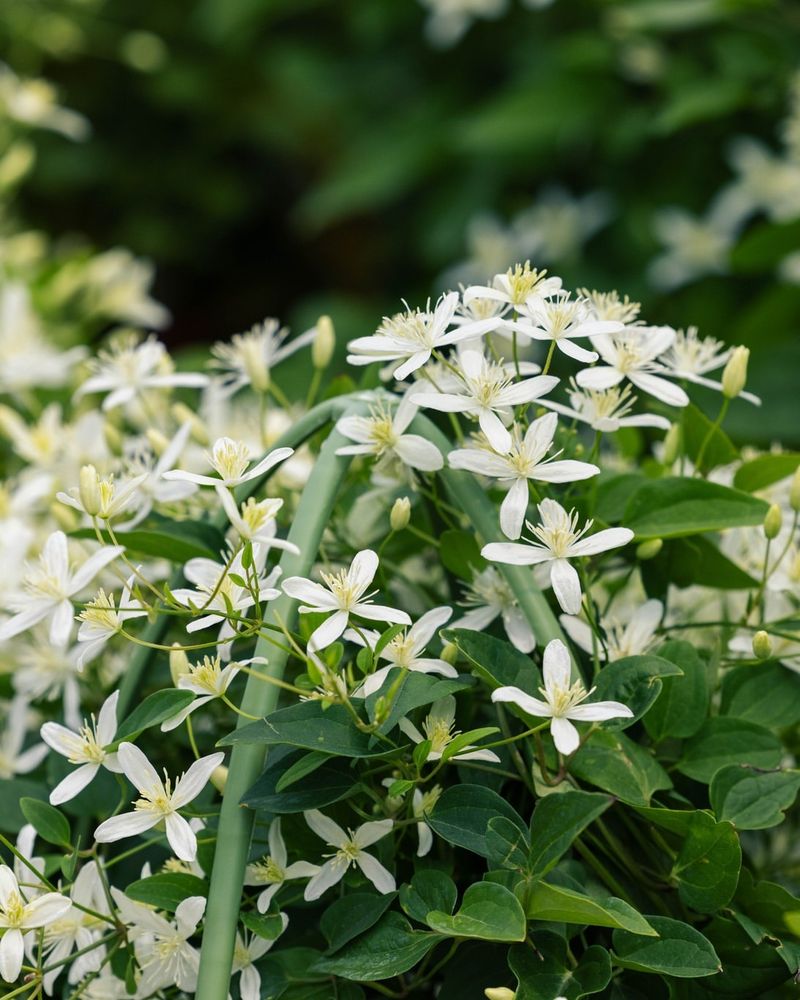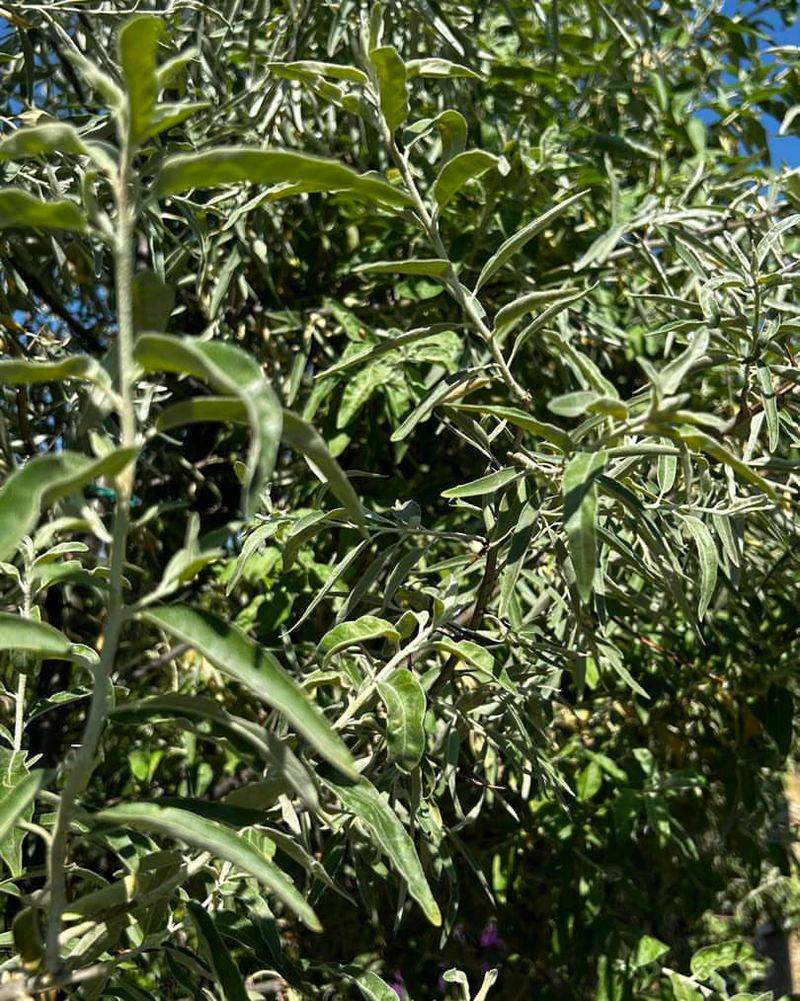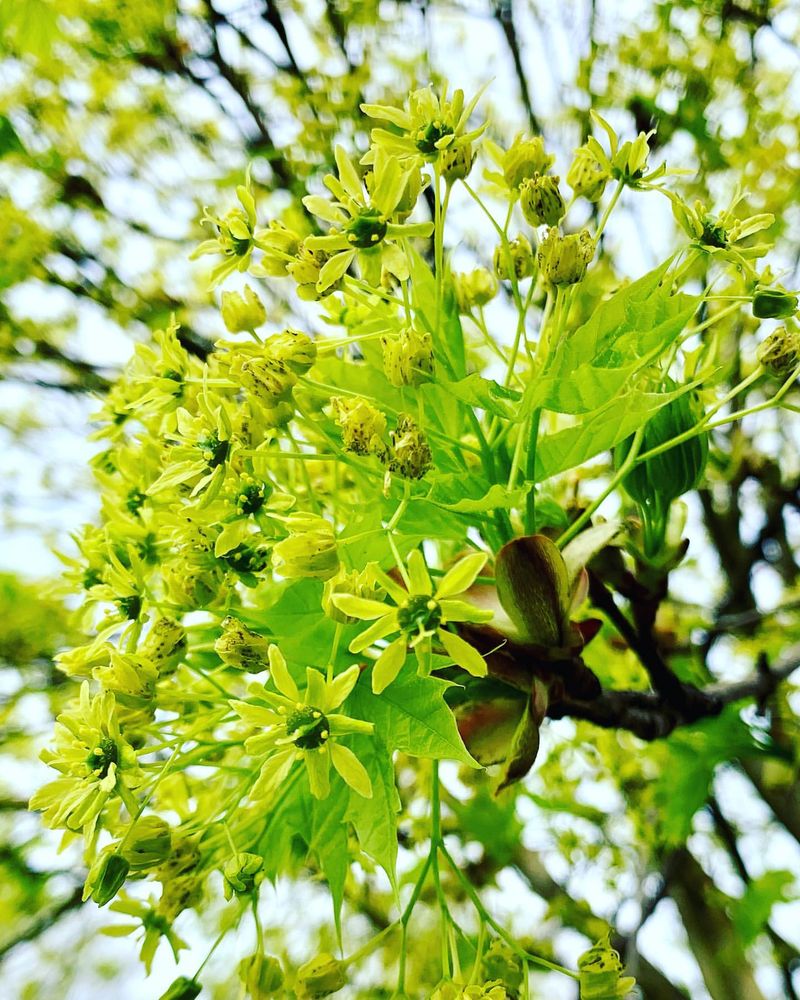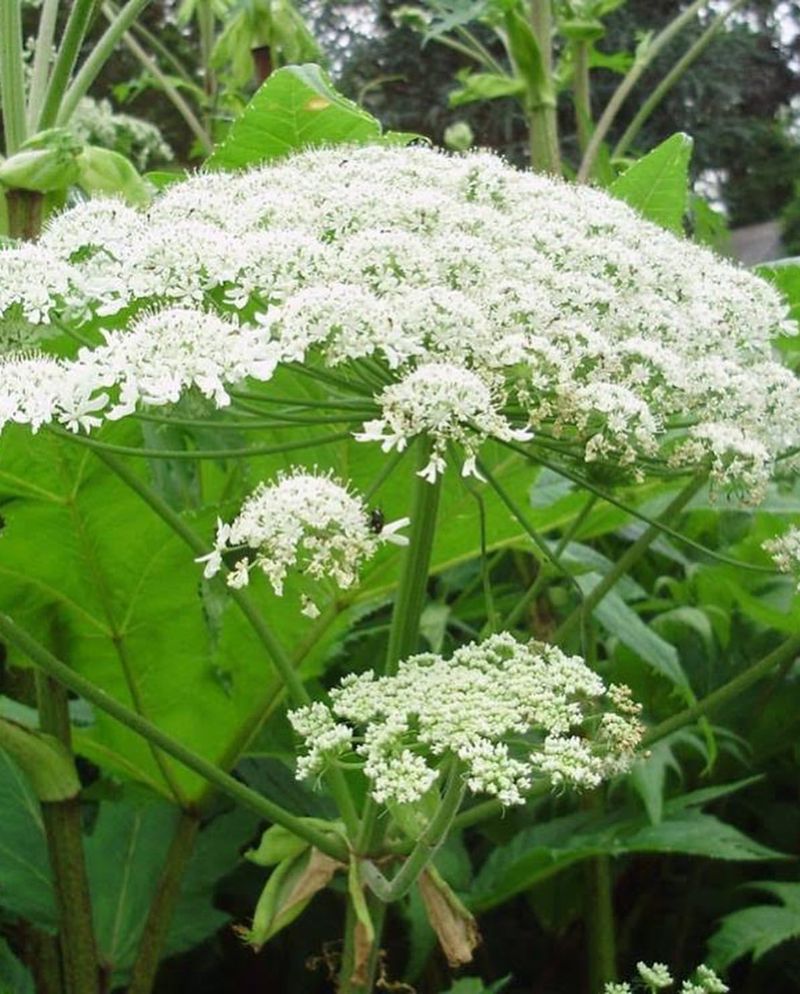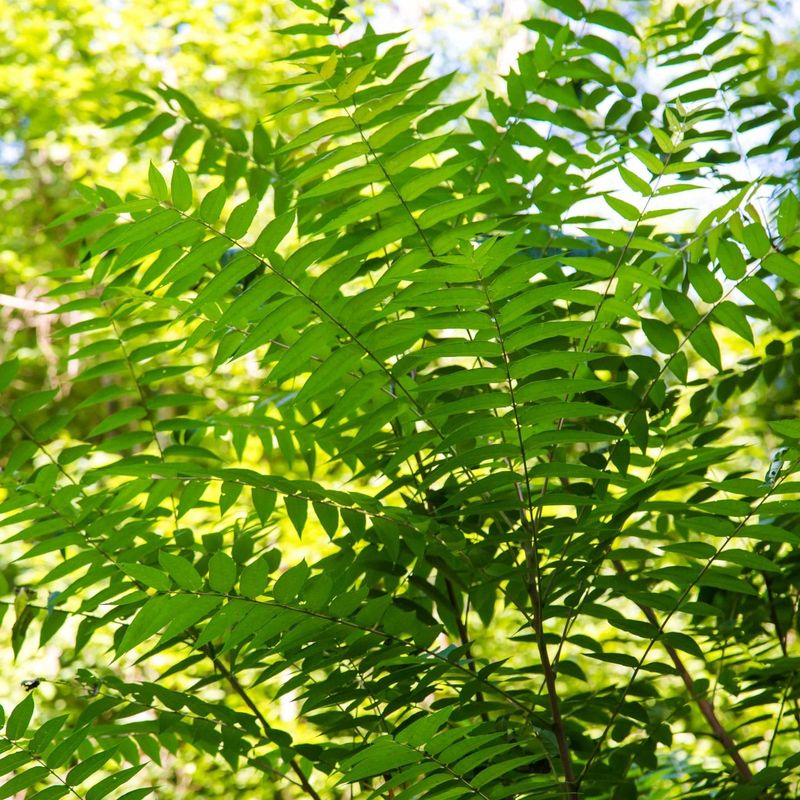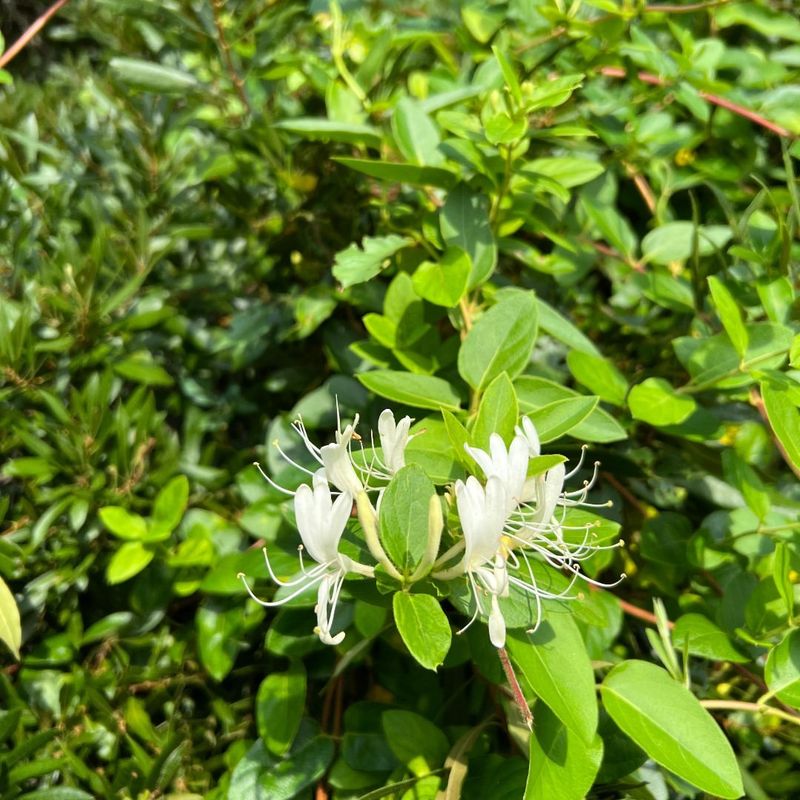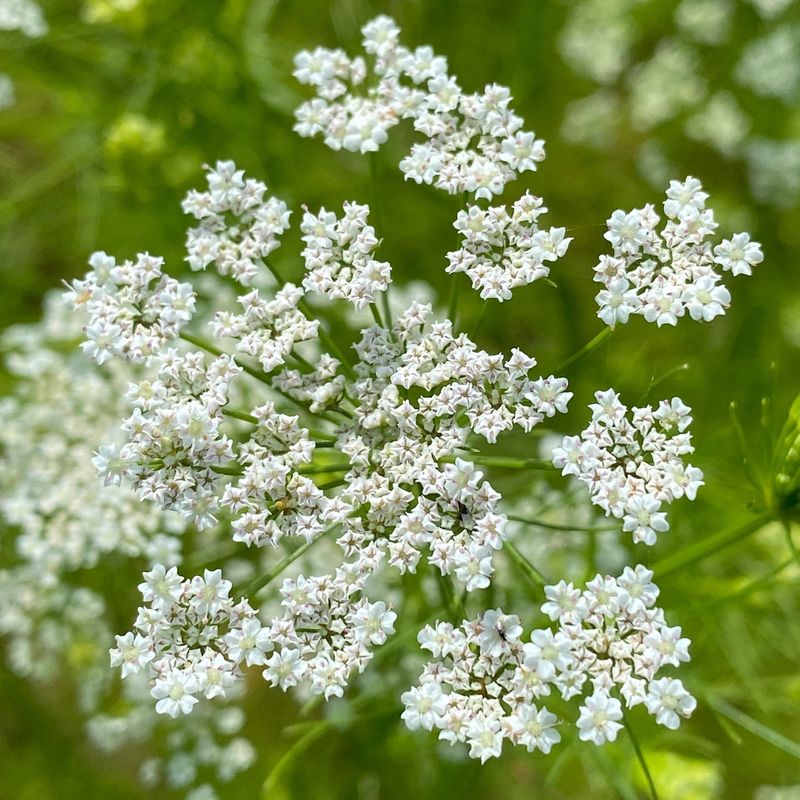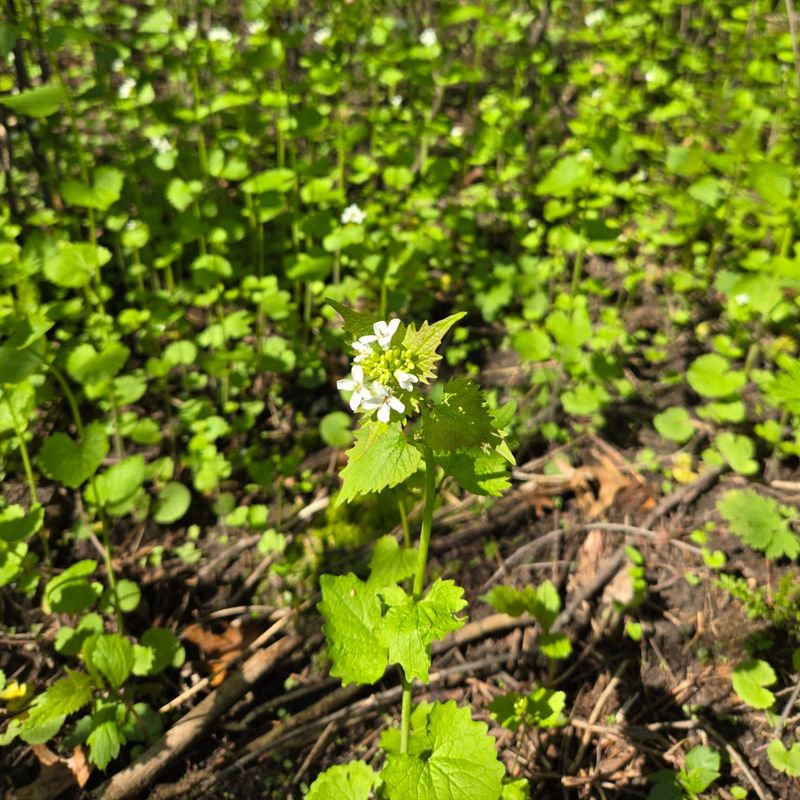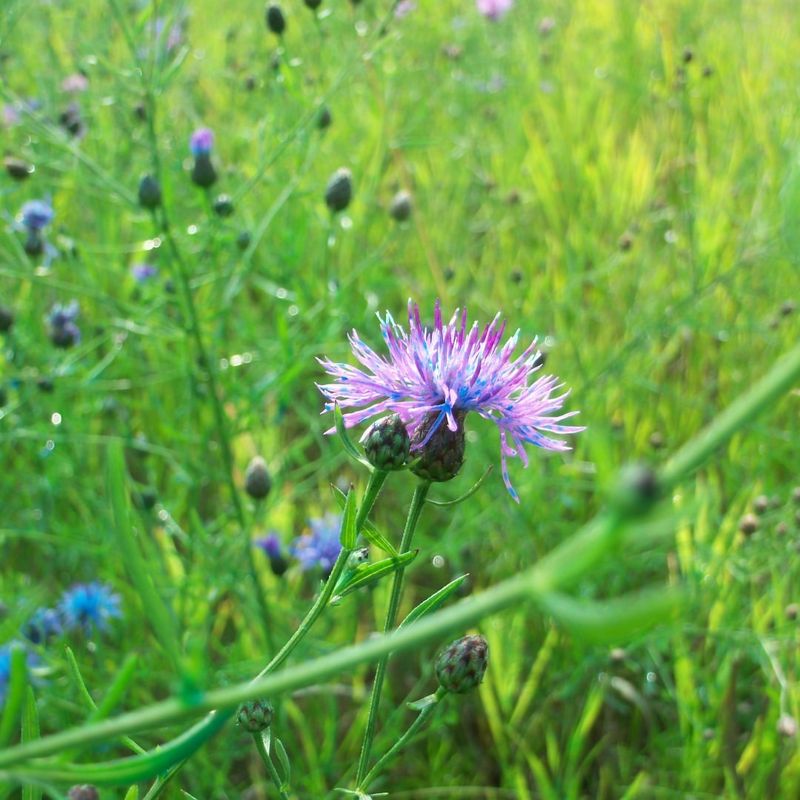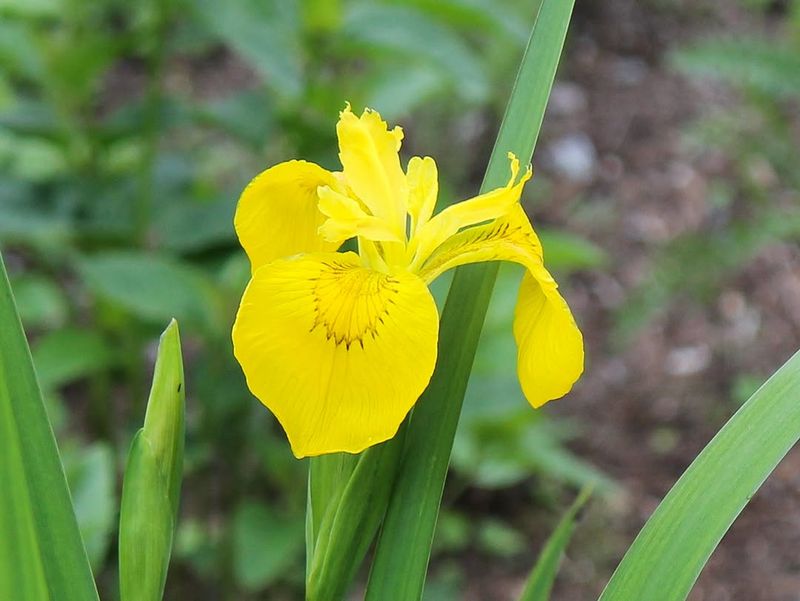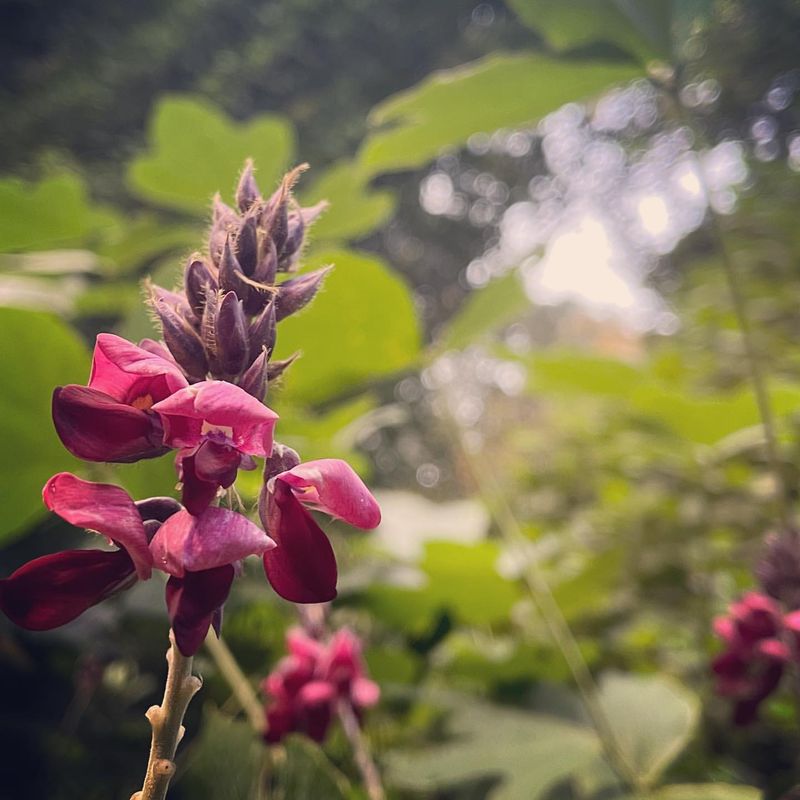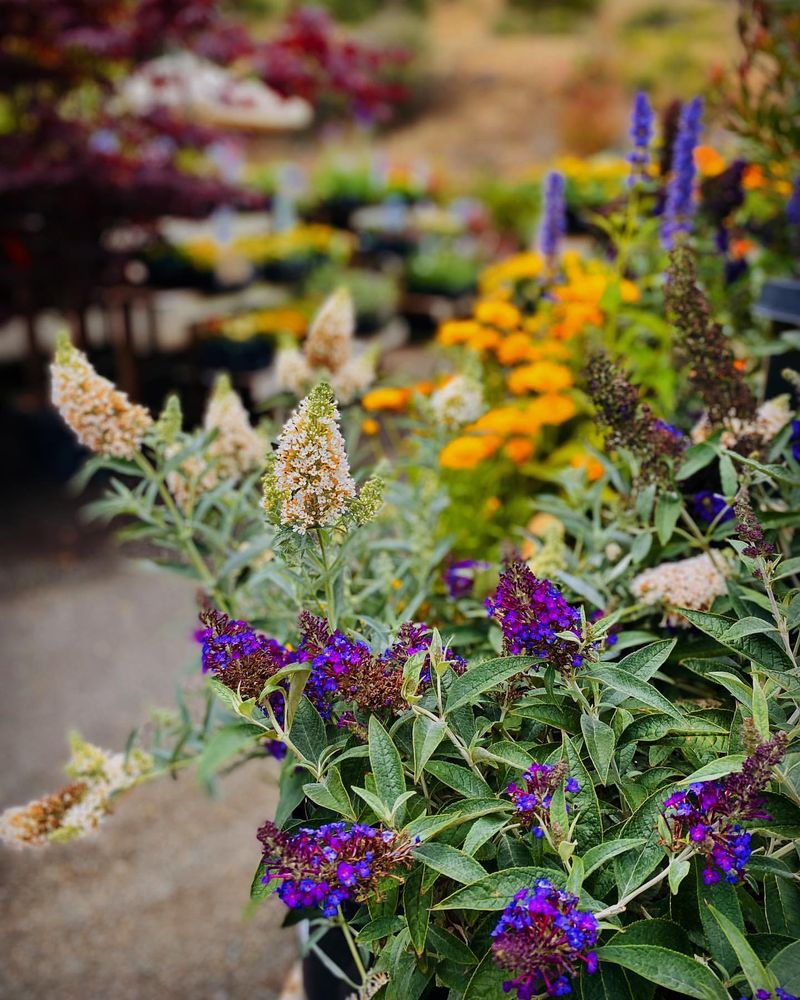Gardens are often seen as serene havens, filled with blooms of every hue and leaves that dance with the breeze. Yet, lurking within these picturesque landscapes are plant species that, while stunning, can be surprisingly invasive.
These garden monsters disguise themselves with pretty petals and lush foliage, only to overrun your carefully tended plots. Let’s explore 29 of these delightful deceivers and learn how to manage their wild tendencies.
1. Wisteria
In many gardens, a beautiful cascade of lavender blossoms drapes gracefully over arbors and fences. This enchanting plant is none other than the wisteria, known for its vigorous growth and twining vines. With such rapid expansion, wisteria can quickly overpower other plants if left unchecked. To keep it in bounds, regular pruning and sturdy support structures are essential, ensuring the beauty remains without the chaos.
2. English Ivy
Walls and trees often find themselves wrapped in a rich, green tapestry, thanks to the tenacity of English ivy. While its lush appearance is alluring, its aggressive nature can suffocate surrounding flora. English ivy requires consistent management to prevent it from taking over. Regular trimming and careful monitoring of its spread will help maintain balance in your garden.
3. Bamboo
Graceful stalks reaching skyward define the presence of bamboo in any landscape. However, its rapid spread through underground rhizomes can create an uncontrollable jungle. Containing bamboo requires installing barriers underground to stop its spread. Regular trimming is also essential to prevent it from exceeding its welcome.
4. Mint
Aromatic and refreshing, mint is a beloved herb in many culinary gardens. Yet, its rapid proliferation often leaves gardeners with more mint than they bargained for. Planting it in containers or isolated beds helps keep its enthusiastic growth in check. Frequent harvesting also aids in managing its spread, ensuring a bountiful yet controlled supply.
5. Morning Glory
Bright and cheerful blooms greet the day with the presence of morning glory. Despite its beauty, this climber can swiftly dominate garden spaces if not managed. Regular pruning and removing seed pods before they mature are vital practices. These steps help maintain its charm without overwhelming the garden.
6. Japanese Knotweed
Dense thickets of bamboo-like stalks hint at the presence of Japanese knotweed. This plant’s ability to destroy concrete and foundations makes it a formidable garden adversary. Eliminating it often requires professional intervention and repeated treatments. Monitoring and acting swiftly at the first sign is crucial to prevent damage.
7. Lantana
Clusters of vibrant blooms, from yellow to pink, invite butterflies and bees to gardens featuring lantana. Despite its appeal, lantana can quickly become invasive in warm climates. Regular deadheading and pruning help manage its growth. By keeping it under control, its colorful display can remain a garden asset.
8. Honeysuckle
Sweetly scented blossoms entice both humans and pollinators in gardens adorned with honeysuckle. This vigorous grower can dominate fences and trellises without regular oversight. Committing to consistent pruning and monitoring is essential. These efforts ensure that its perfume and beauty enhance rather than engulf your outdoor space.
9. Purple Loosestrife
Wetlands often find themselves painted in shades of purple due to the prolific nature of purple loosestrife. Though visually stunning, this plant displaces native flora essential for local ecosystems. Removing it before it flowers and seeds is critical. With diligence, you can protect biodiversity while appreciating its allure.
10. Butterfly Bush
Butterfly lovers rejoice at the sight of this bush, alive with fluttering wings and vibrant blooms. Yet, the butterfly bush’s aggressive nature can outcompete native plants. To balance its beauty with the environment, regular pruning and seed removal are key. These practices allow it to support pollinators without overwhelming its surroundings.
11. Creeping Jenny
Ground covers find a lively contender in creeping jenny, with its golden hue spreading quickly. While attractive, it doesn’t shy away from overtaking other plants in its path. Containment through edging and occasional thinning is advised. This helps maintain its decorative potential without letting it run rampant.
12. Privet
Hedges and borders often feature the dense, evergreen foliage of privet. However, its vigorous nature can quickly lead to overgrown, unruly hedges. To keep it tidy, regular trimming and shaping are essential practices. These efforts ensure its elegance complements rather than detracts from your garden’s design.
13. Ajuga
Gardeners seeking vibrant ground covers often turn to ajuga for its striking blue flowers. Despite its appeal, ajuga spreads aggressively, crowding out other plants. Dividing clumps and removing runners help curb its enthusiasm. This keeps its beauty in check, allowing it to complement rather than compete.
14. Periwinkle
Shady corners brighten with the lush growth of periwinkle, its small flowers adding color. Yet, this plant’s creeping habit can lead to domination if not managed. Use barriers to keep it in designated areas and trim back regularly. These actions help maintain its charm without overwhelming the garden.
15. Yellow Archangel
Forests and wild areas may find themselves blanketed in the bright yellow blooms of the yellow archangel. While visually appealing, its rapid spread can easily outcompete native vegetation. Managing its growth with regular cutting and monitoring is key. This preserves the balance and prevents it from becoming a problem.
16. Vinca Minor
Woodland paths often feature the creeping, evergreen foliage of vinca minor. Its attractiveness aside, vinca minor can spread extensively, displacing native plants. To manage it, establish clear boundaries and trim back periodically. These measures help maintain its presence without allowing it to run wild.
17. Sweet Autumn Clematis
Autumn gardens come alive with the sweet scent of clematis, draping elegantly over structures. However, this charming vine can overwhelm its supports and surroundings with ease. Regular pruning and supporting only on sturdy structures are critical practices. They ensure you enjoy the fragrance without the frenzy.
18. Russian Olive
In many regions, the silver sheen of Russian olive adds a unique touch to landscapes. Despite its allure, this tree’s invasive nature and thorny branches can be problematic. Removing seedlings and cutting back mature trees is crucial. These steps help control its spread while keeping its beauty in check.
19. Norway Maple
Street landscapes often feature the robust form of Norway maple, known for its wide canopy. Yet, its dense shade and root competition can hinder other plants’ growth. Regular pruning and selecting companion plants that tolerate shade are advised. This fosters a balanced ecosystem while enjoying its presence.
20. Giant Hogweed
Gardens with giant hogweed can become hazardous due to its towering size and toxic sap. While its appearance is striking, contact can cause severe skin reactions. Eradication often requires protective gear and professional help. Ensuring safety while managing its growth is of utmost importance.
21. Tree of Heaven
Urban environments witness the surprising resilience of the tree of heaven, which can grow through concrete. Though hardy, its invasive roots and prolific seed production pose challenges. Removing saplings and monitoring its growth are necessary steps. These efforts help preserve urban landscapes from its overreach.
22. Japanese Honeysuckle
Woodland edges find themselves enveloped in the sweet fragrance of Japanese honeysuckle. While delightful, its invasive growth can smother native plants. Regular cutting back and monitoring its spread are essential practices. This maintains its allure without allowing it to dominate natural areas.
23. Bishop’s Weed
Gardeners often find bishop’s weed spreading with abandon, its foliage creating a dense cover. Despite its verdant appearance, it can quickly take over if not managed. Consistent removal and containment strategies are vital. These ensure its presence enhances rather than overwhelms your garden space.
24. Garlic Mustard
Forests and shaded areas often contend with the aggressive spread of garlic mustard. Though it boasts culinary uses, its invasive nature can overshadow native flora. Early removal before seed set is crucial for control. This helps preserve native biodiversity while managing its spread.
25. Spotted Knapweed
Open fields often find themselves dotted with the purple blooms of spotted knapweed. Despite its beauty, this plant’s invasive tendencies threaten local ecosystems. Removing it before it flowers and setting clear boundaries is essential. These measures help control its spread while enjoying its vibrant presence.
26. Yellow Flag Iris
Wetlands and water edges often glow with the bright blooms of yellow flag iris. While its beauty is undeniable, it aggressively displaces native wetland species. Controlling its growth involves removing seed pods and monitoring spread. Taking these steps ensures biodiversity is preserved in these sensitive habitats.
27. Kudzu
Southern landscapes often find themselves engulfed by the rapid growth of kudzu vines. Though it provides quick coverage, its invasive nature can choke out native plants. Regular cutting and monitoring are necessary to keep it in check. This helps maintain balance while appreciating its lush green appearance.
28. Buddleia
Gardens often host tall buddleia bushes, their purple blooms attracting swarms of butterflies. Yet, their ability to self-seed and spread rapidly can disrupt local ecosystems. Regular deadheading and pruning help control their expansion. These practices allow their beauty to be enjoyed responsibly.
29. Mile-a-Minute Weed
Fields and open areas often struggle against the swift growth of mile-a-minute weed. Its triangular leaves and small white flowers spread rapidly, choking other vegetation. Prompt removal and creating physical barriers are essential strategies. These actions help curb its advance while preserving the space.

